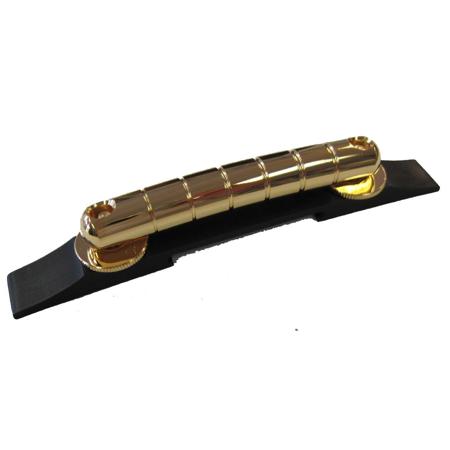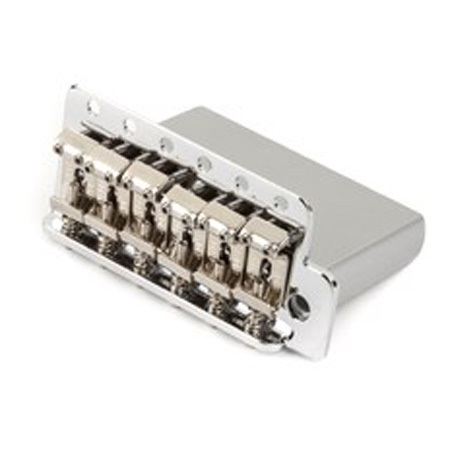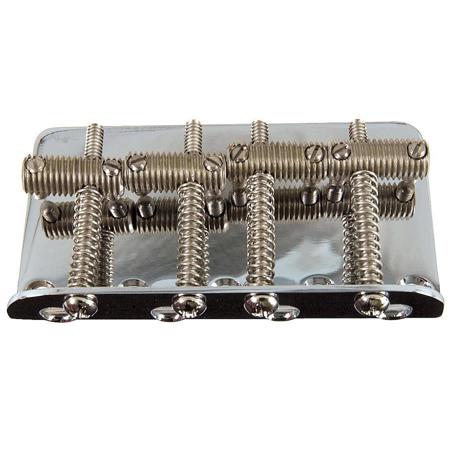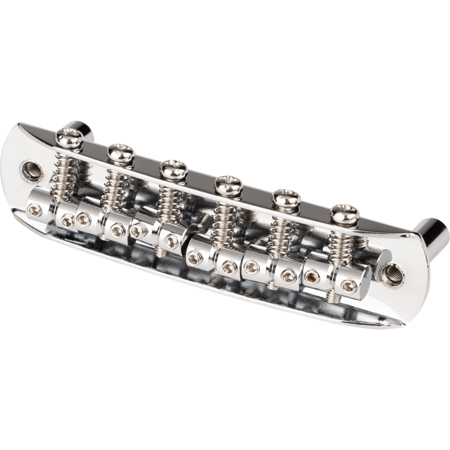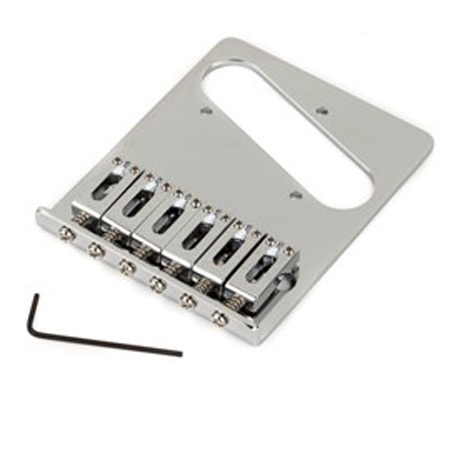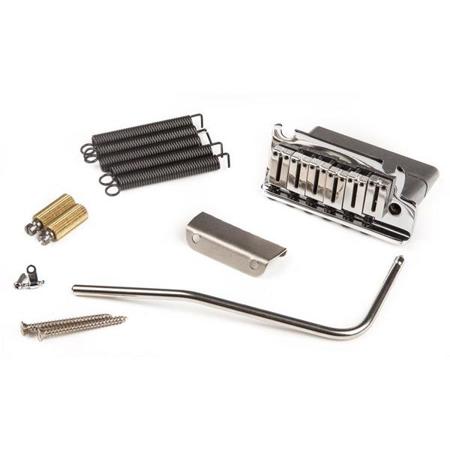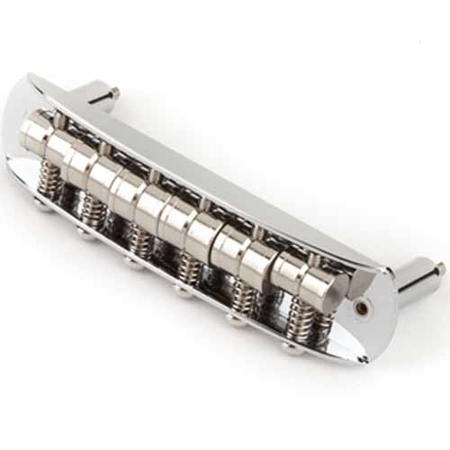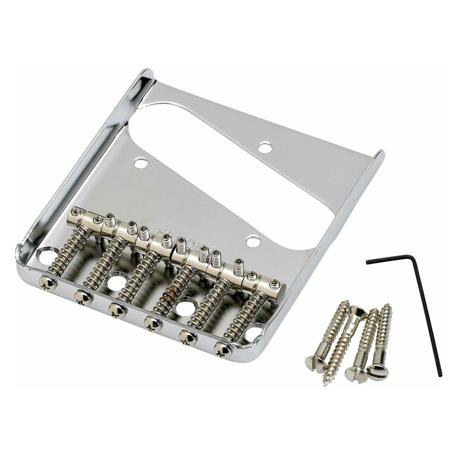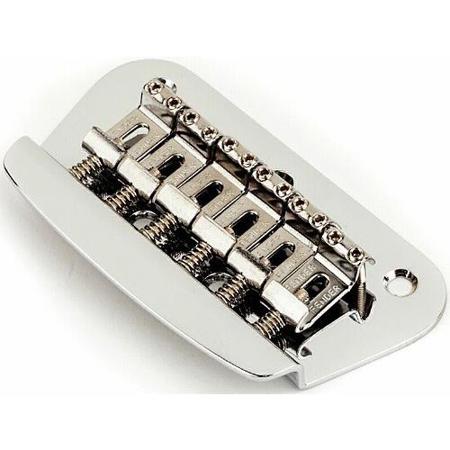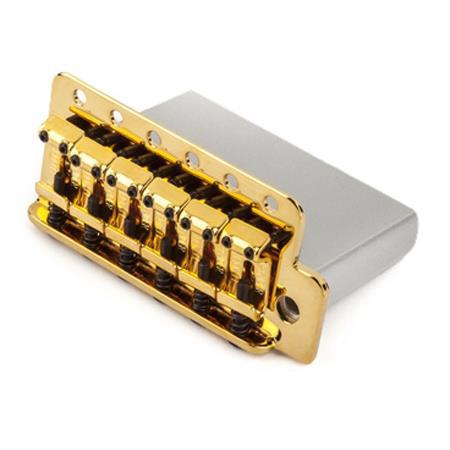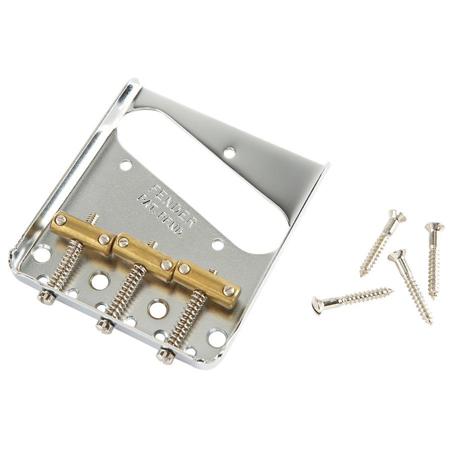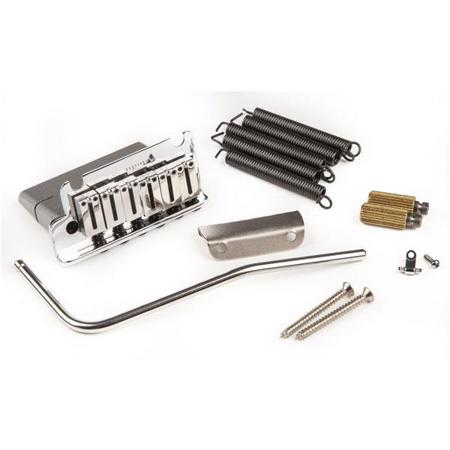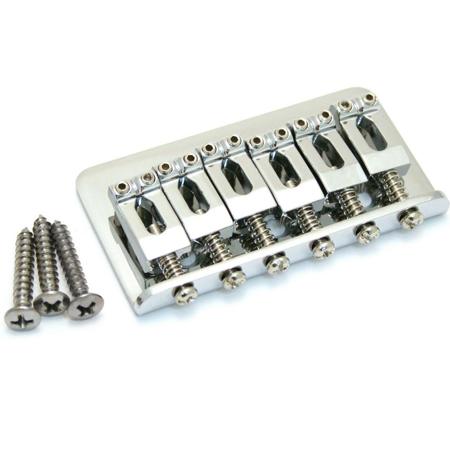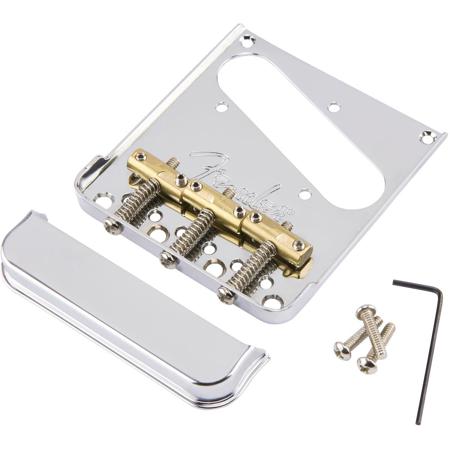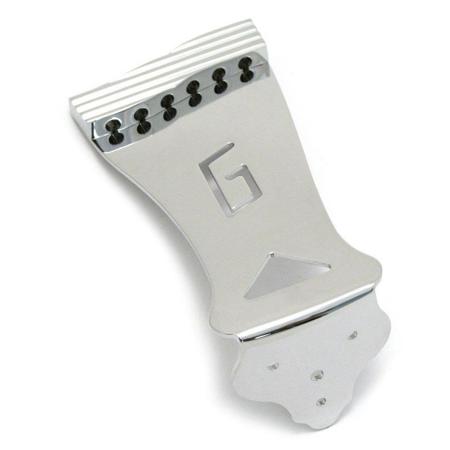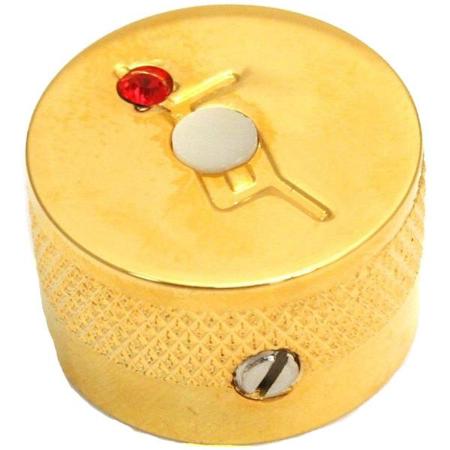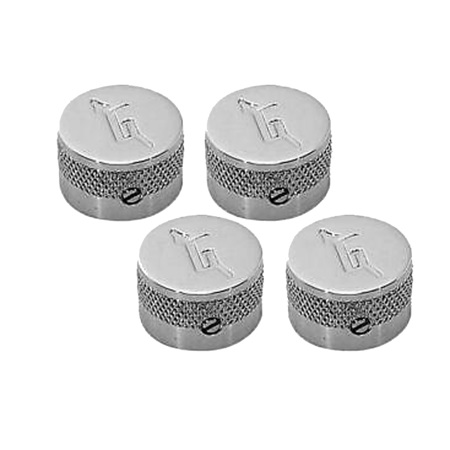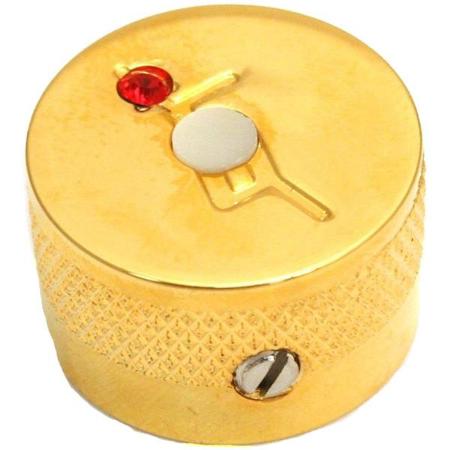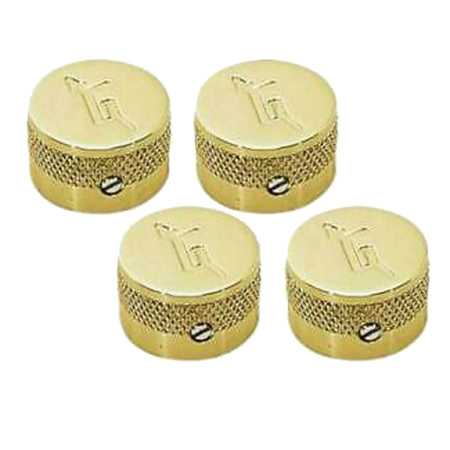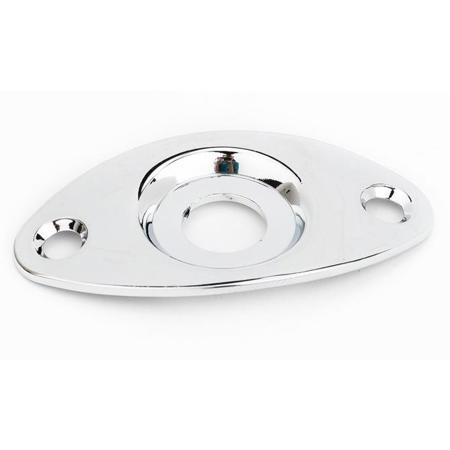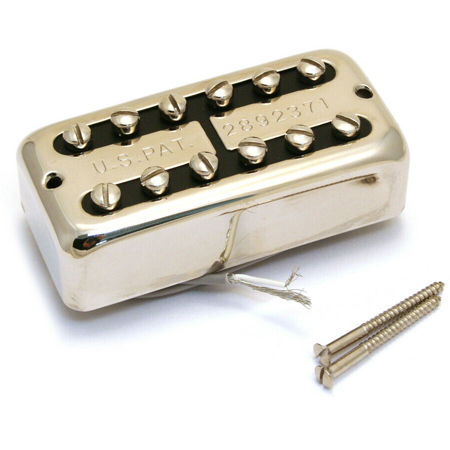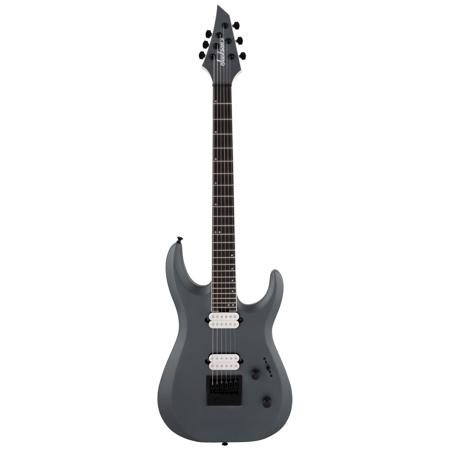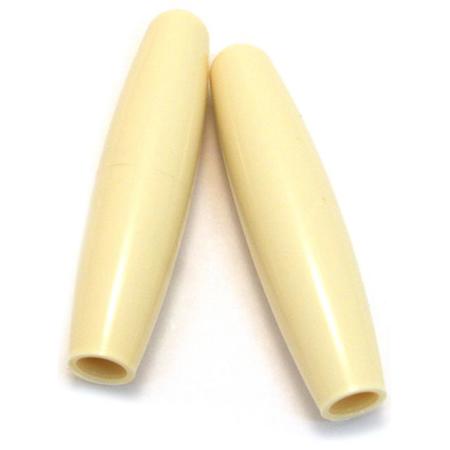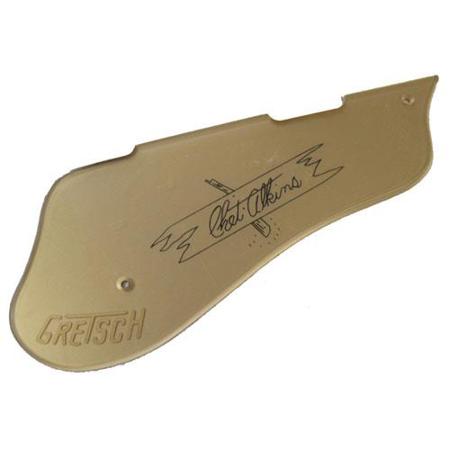Guitar Bridge Replacements
Upgrading or replacing your guitar bridge is one of the most effective ways to transform your instrument’s tone, sustain, and playability. Whether you’re a seasoned musician looking to fine-tune your sound or a hobbyist restoring a beloved guitar, selecting the right replacement guitar bridge requires careful consideration. Bridges come in a variety of types and materials, each tailored to specific guitar models and playing styles. For electric guitars, options range from fixed hardtail bridges that offer rock-solid tuning stability to floating tremolo systems designed for expressive pitch bends and vibrato. Acoustic guitar players often encounter wooden bridges with separate saddles and pins, where the choice of materials—such as rosewood, ebony, or bone—can subtly alter the warmth and clarity of each note. The process of choosing a new bridge involves more than just aesthetics; it’s essential to match the bridge to your guitar’s body style, string spacing, and overall build to ensure a seamless fit and optimal performance. Many guitarists recall the first time they swapped out a worn or corroded bridge, instantly noticing a brighter, more resonant tone and improved intonation that made their instrument feel brand new again.
When shopping for guitar bridge replacements, it’s important to consider both the technical and creative aspects of your instrument. Compatibility is key—take careful measurements of your current bridge and check manufacturer specifications to guarantee a proper fit. For those working on vintage guitars, a precise match in style and mounting pattern preserves the instrument’s original character. Modern players might seek out bridges with advanced features like adjustable saddles for fine-tuning action and intonation, or locking mechanisms for enhanced tuning stability during energetic performances. The choice of materials—metal, wood, synthetic composites—can dramatically affect your sound and playing experience. For example, a metal bridge might add brightness and sustain to an electric guitar, while a bone saddle on an acoustic can bring out nuanced harmonics. Installation can be a rewarding DIY project for those comfortable with basic tools, but some bridges, especially those that require drilling or gluing, may be best entrusted to a professional luthier. As the autumn months bring cooler, drier air, it’s also a good time to inspect your guitar’s hardware for signs of wear or corrosion, ensuring your instrument is ready for indoor jam sessions or seasonal gigs.
A replacement guitar bridge also makes a thoughtful gift for the guitarist in your life—whether they’re a beginner eager to experiment with upgrades or a longtime player looking to revive an old favorite. The process of installing a new bridge can deepen a musician’s connection to their instrument, fostering a sense of craftsmanship and pride. Many players find that pairing a new bridge with other upgrades, such as fresh strings or even a new neck, can dramatically enhance playability and inspire creativity. If you’re considering a more comprehensive restoration or customization, you may also want to explore options for Guitar Neck Replacements to further tailor your instrument to your unique style. No matter your level of experience, the right guitar bridge replacement can unlock new tonal possibilities, improve comfort, and extend the life of your instrument—making it a worthwhile investment for any guitarist passionate about their craft.
When shopping for guitar bridge replacements, it’s important to consider both the technical and creative aspects of your instrument. Compatibility is key—take careful measurements of your current bridge and check manufacturer specifications to guarantee a proper fit. For those working on vintage guitars, a precise match in style and mounting pattern preserves the instrument’s original character. Modern players might seek out bridges with advanced features like adjustable saddles for fine-tuning action and intonation, or locking mechanisms for enhanced tuning stability during energetic performances. The choice of materials—metal, wood, synthetic composites—can dramatically affect your sound and playing experience. For example, a metal bridge might add brightness and sustain to an electric guitar, while a bone saddle on an acoustic can bring out nuanced harmonics. Installation can be a rewarding DIY project for those comfortable with basic tools, but some bridges, especially those that require drilling or gluing, may be best entrusted to a professional luthier. As the autumn months bring cooler, drier air, it’s also a good time to inspect your guitar’s hardware for signs of wear or corrosion, ensuring your instrument is ready for indoor jam sessions or seasonal gigs.
A replacement guitar bridge also makes a thoughtful gift for the guitarist in your life—whether they’re a beginner eager to experiment with upgrades or a longtime player looking to revive an old favorite. The process of installing a new bridge can deepen a musician’s connection to their instrument, fostering a sense of craftsmanship and pride. Many players find that pairing a new bridge with other upgrades, such as fresh strings or even a new neck, can dramatically enhance playability and inspire creativity. If you’re considering a more comprehensive restoration or customization, you may also want to explore options for Guitar Neck Replacements to further tailor your instrument to your unique style. No matter your level of experience, the right guitar bridge replacement can unlock new tonal possibilities, improve comfort, and extend the life of your instrument—making it a worthwhile investment for any guitarist passionate about their craft.
